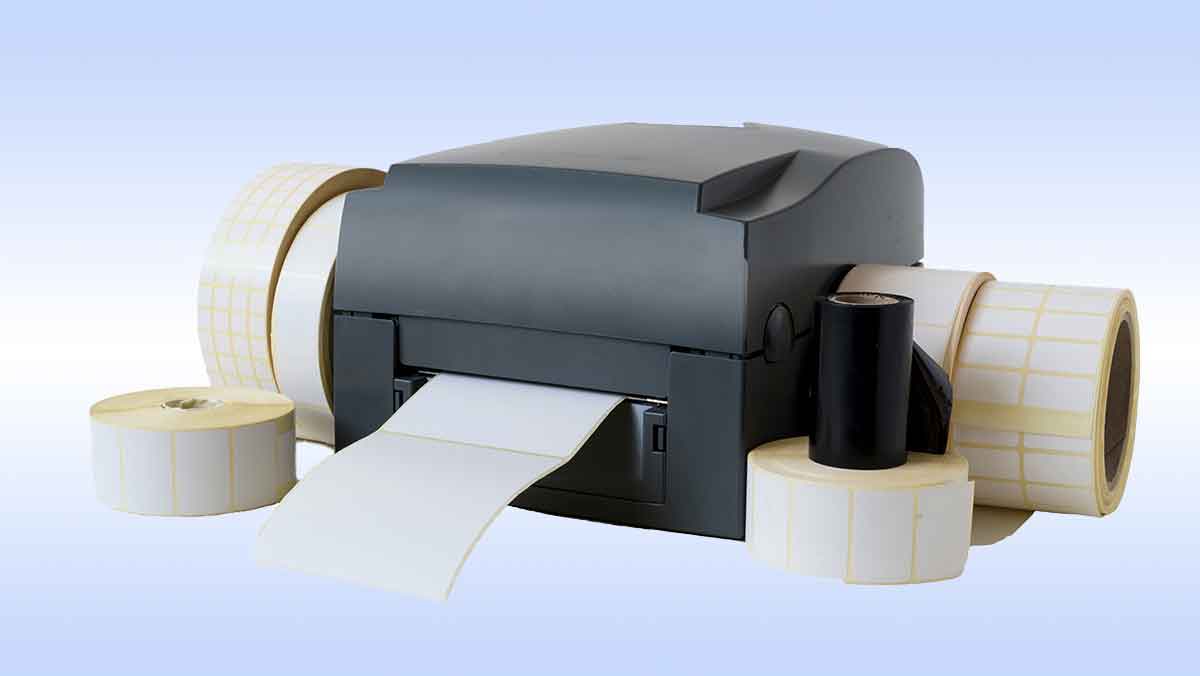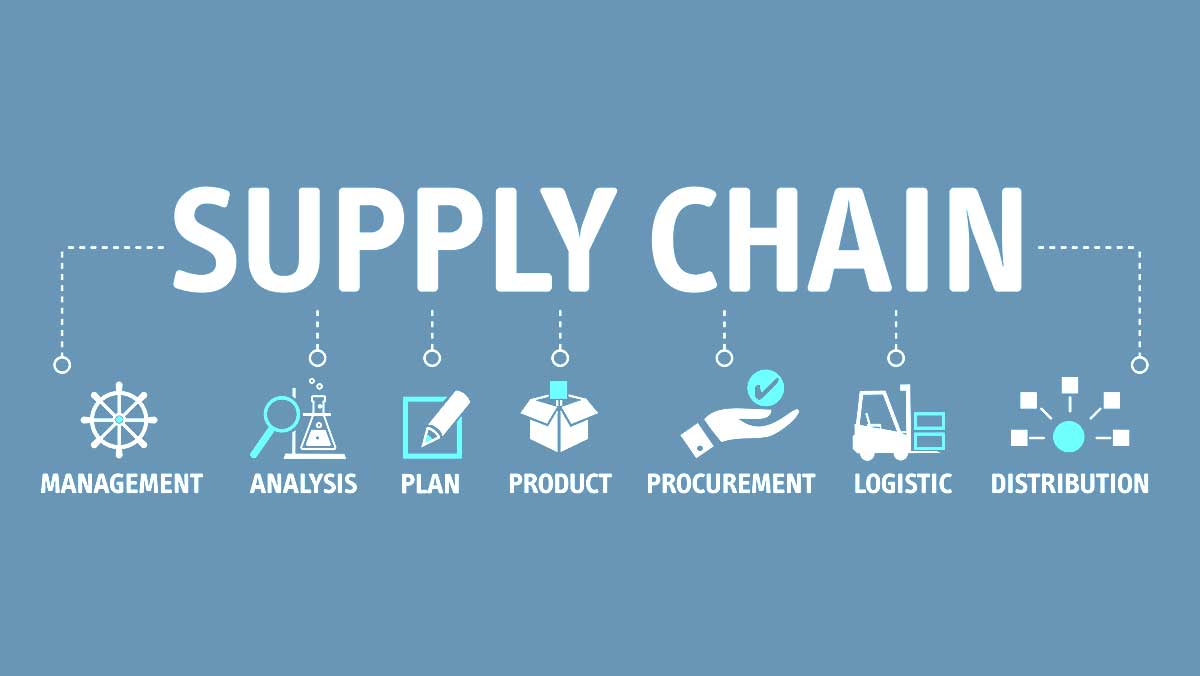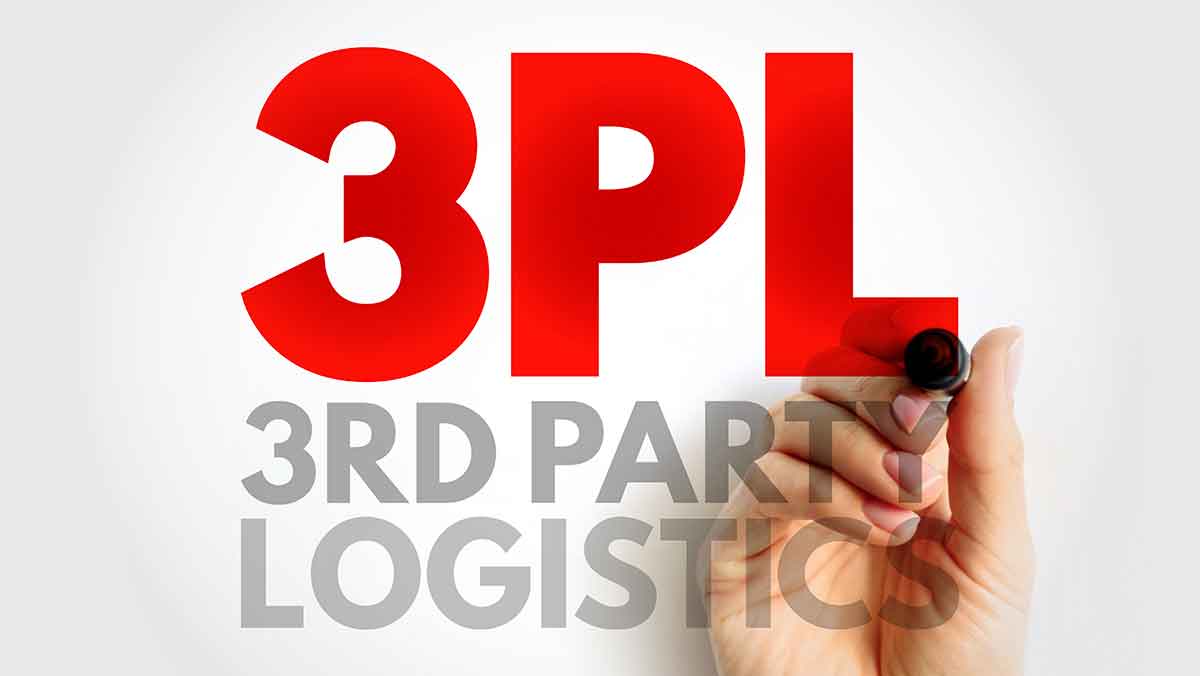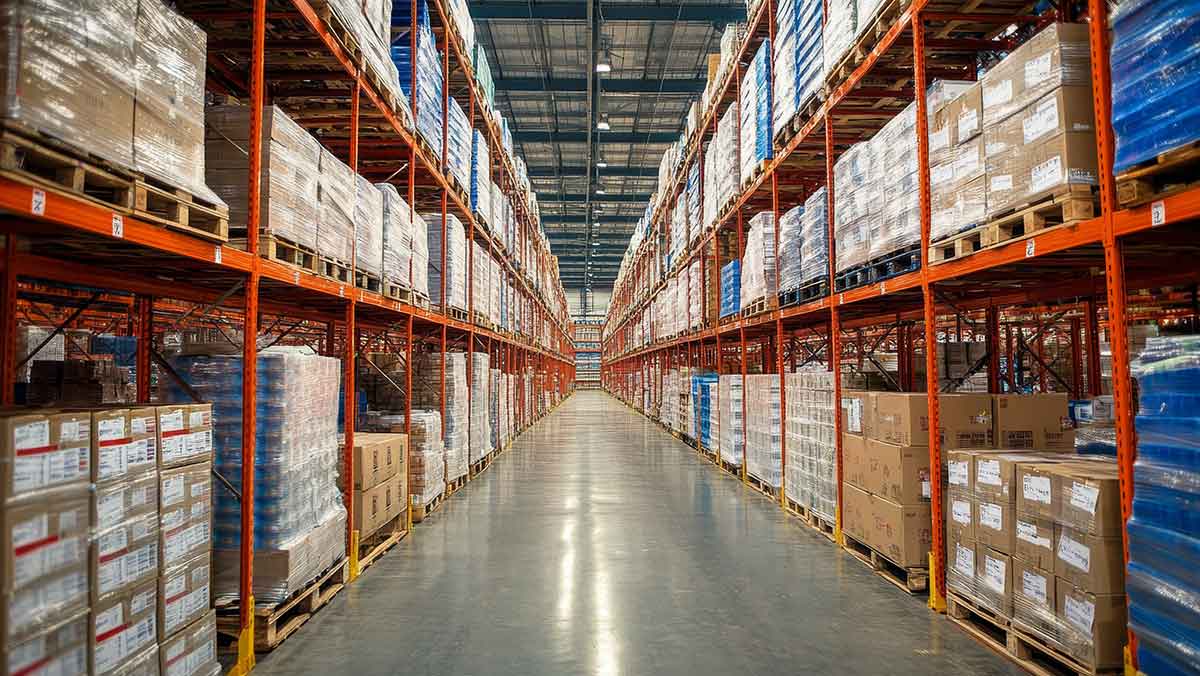Reduce costs and increase convenience

Boost Efficiency With Ready To Use Stock Labels
"It always takes longer than you think.” It’s known as Hofstadter's Law and we’ve all experien ...
Jun. 25, 2025 | Reduce costs and increase convenience

Custom vs. Stock Medical Labels
Whether it’s a routine check-up, an extended hospital stay or just watching a medical drama on TV, ...
Jun. 18, 2025 | Reduce costs and increase convenience

Direct Thermal vs. Thermal Transfer Labels
It’s not an exaggeration to say that if you print labels in your operation, your choice of printin ...
May. 27, 2025 | Reduce costs and increase convenience

The Crucial Role of High Quality Labels
Discover how United Ad Label's high-quality labeling solutions enhance product durability, ensure re ...
May. 20, 2025 | Reduce costs and increase convenience

Navigating Persistent Healthcare Supply Chain Challenges in 2025
Challenging is an understatement. For healthcare supply chain management and sourcing operations, ch ...
Apr. 24, 2025 | Reduce costs and increase convenience

Linerless Labels Increase Employee Productivity
What company doesn’t want to improve productivity? Highly productive companies tend to exhibit hig ...
Mar. 26, 2025 | Reduce costs and increase convenience

Streamlining 3PL Operations with Effective Stock Labeling
Depending upon your generation, you either can’t imagine a world without online purchasing options ...
Mar. 12, 2025 | Reduce costs and increase convenience

The Essential Role of Dietary and Food Labels
Learn how food labels protect consumer health, ensure regulatory compliance, and build trust. Explor ...
Nov. 07, 2024 | Reduce costs and increase convenience

Enhance Your Product's Appeal with Clear Labels
Discover how clear labels can elevate your product's look, ensuring brand visibility and modern aest ...
Nov. 01, 2024 | Reduce costs and increase convenience

Label Storage Best Practices
Discover effective label storage practices to preserve quality and adhesion. Our guide covers temper ...
Oct. 30, 2024 | Reduce costs and increase convenience